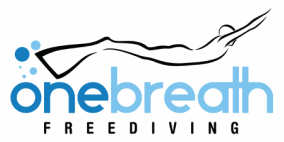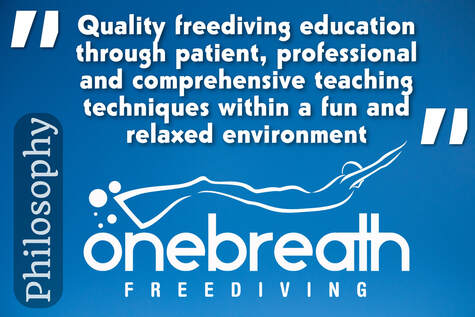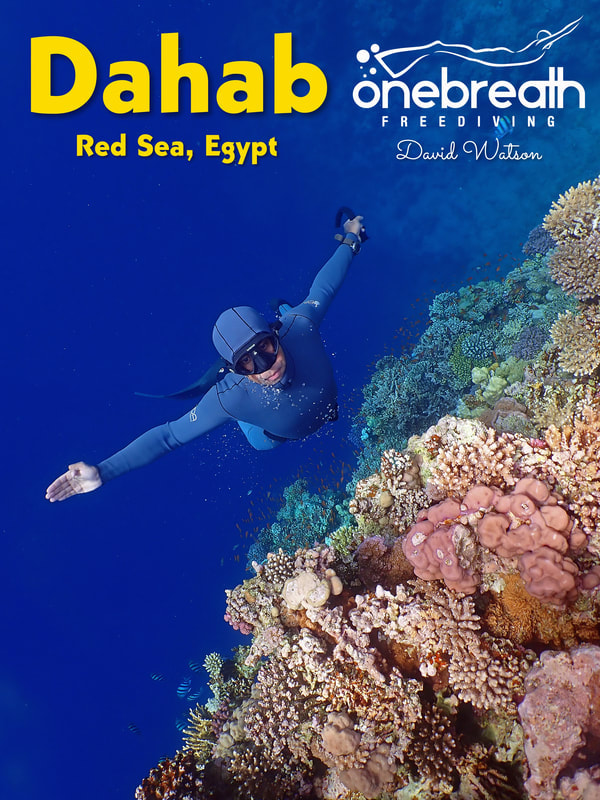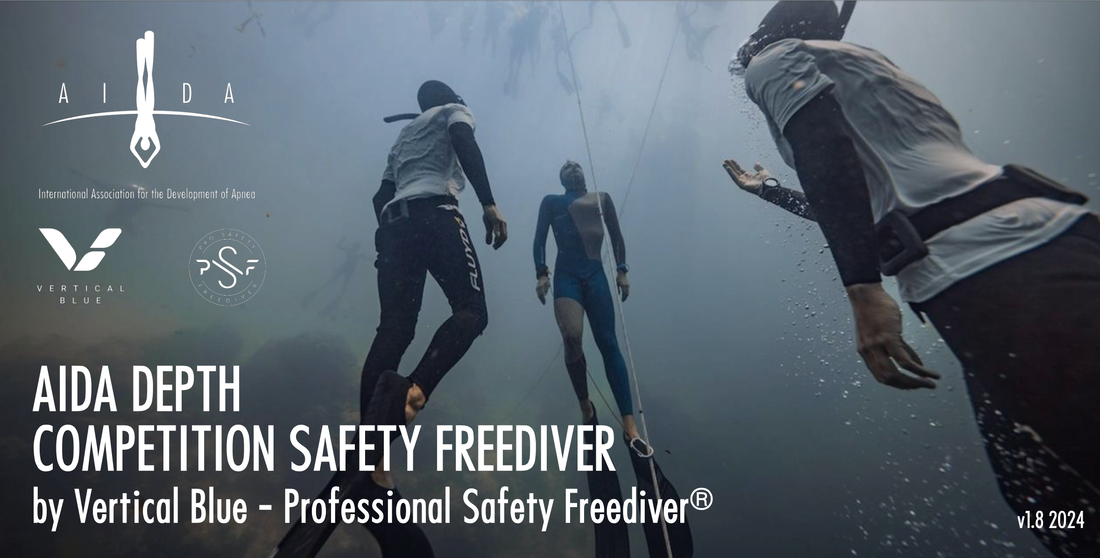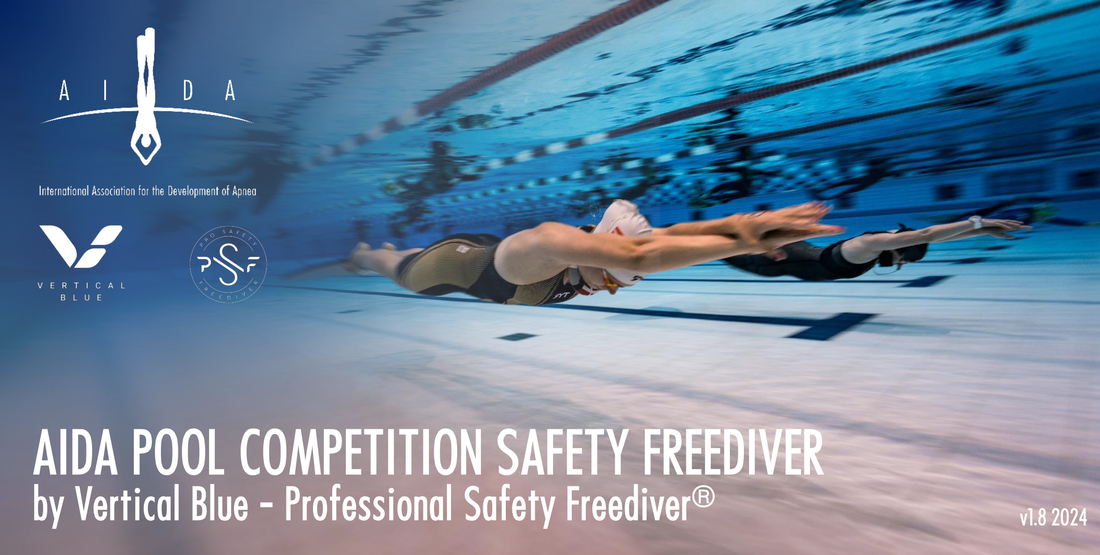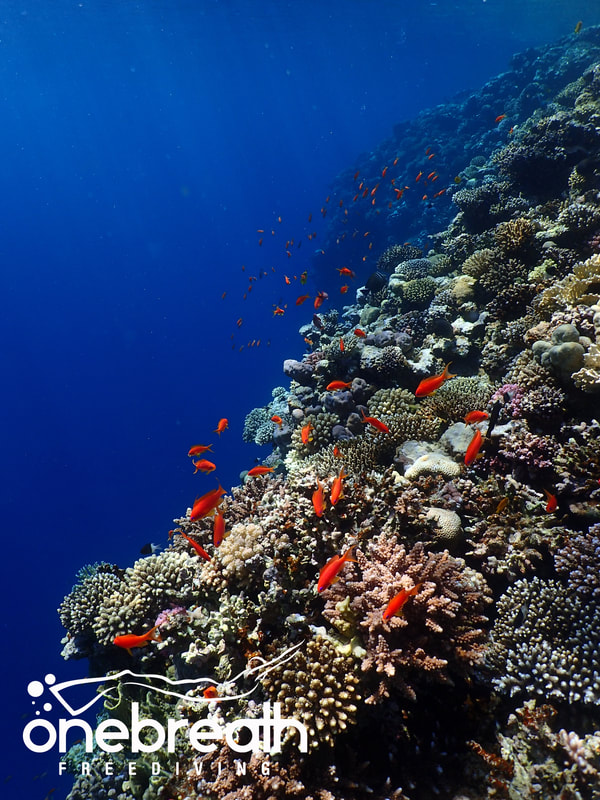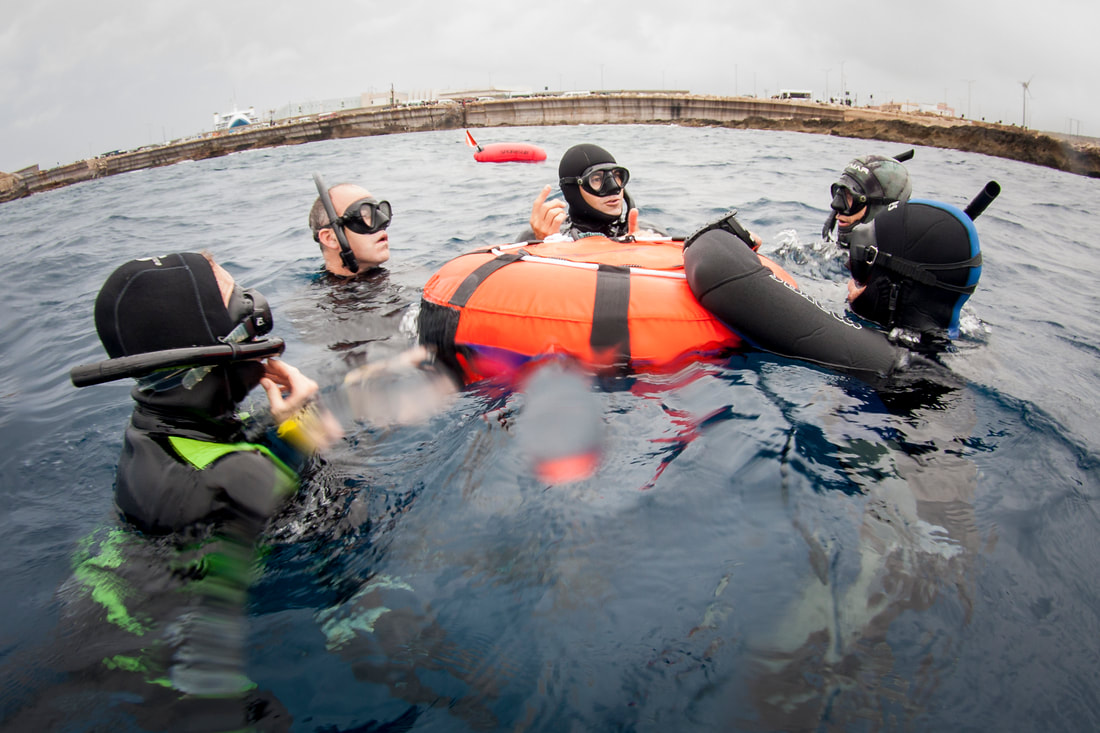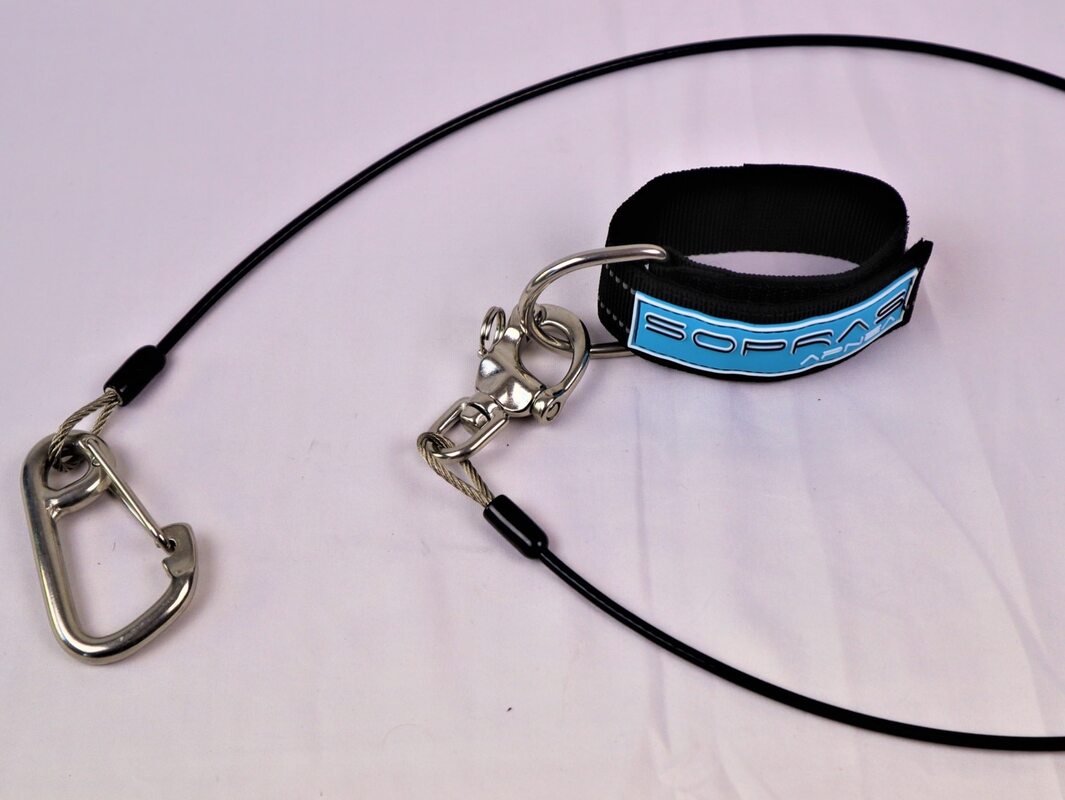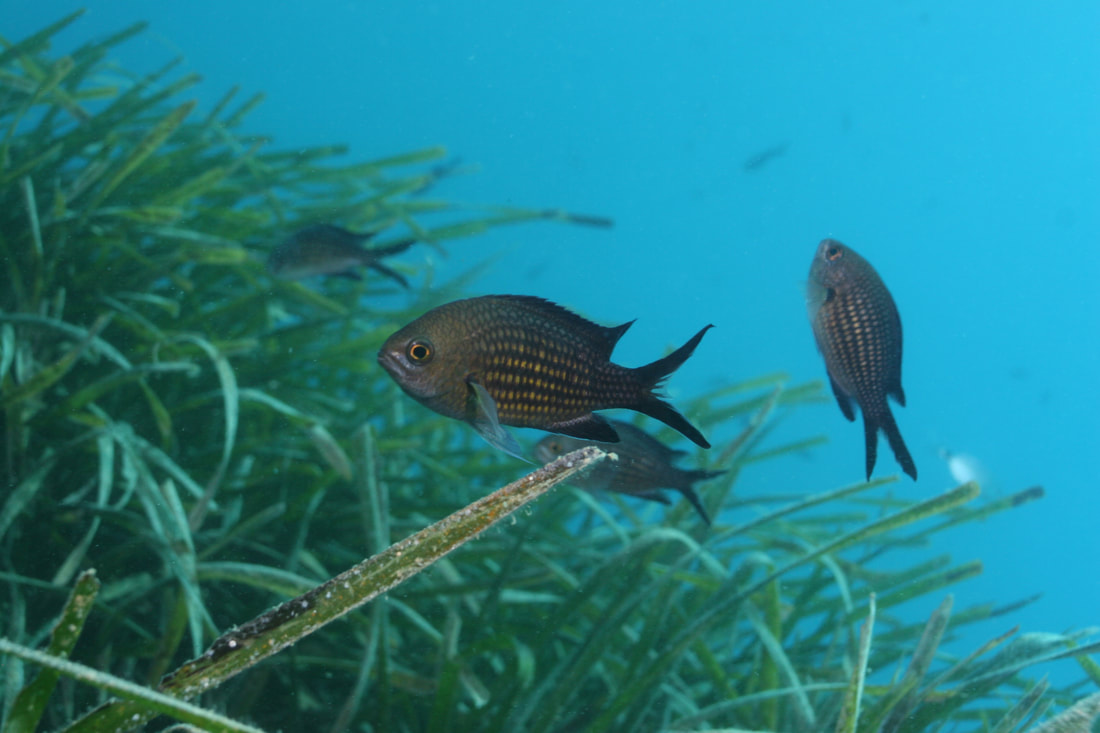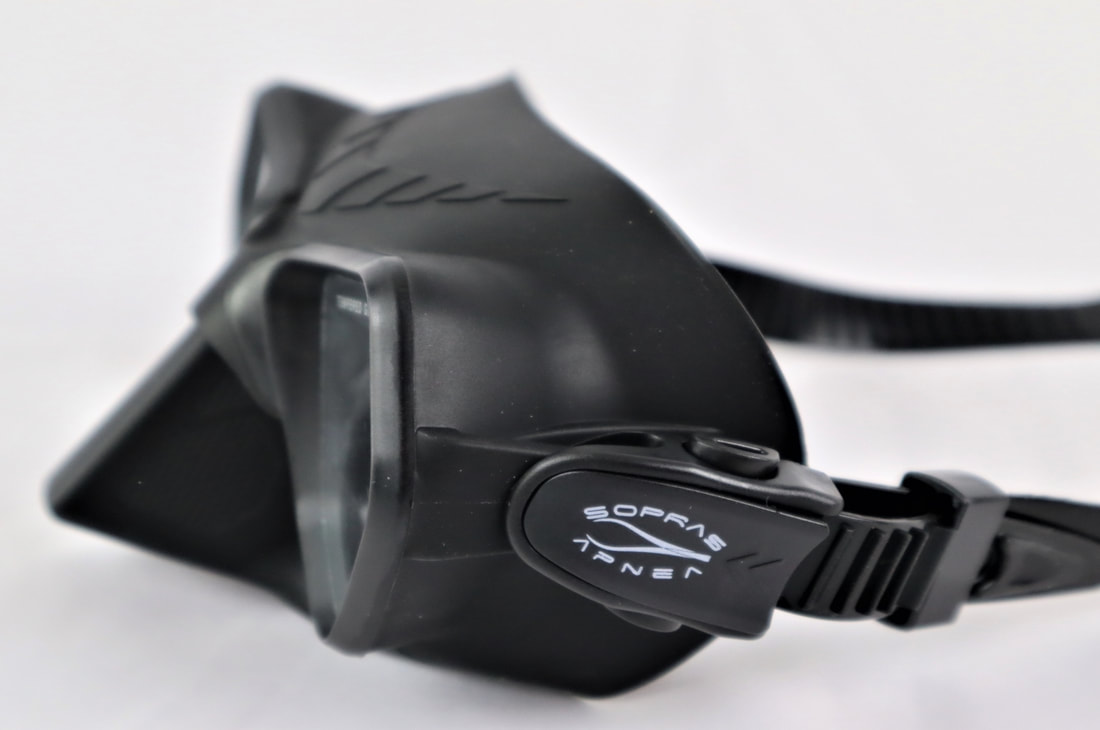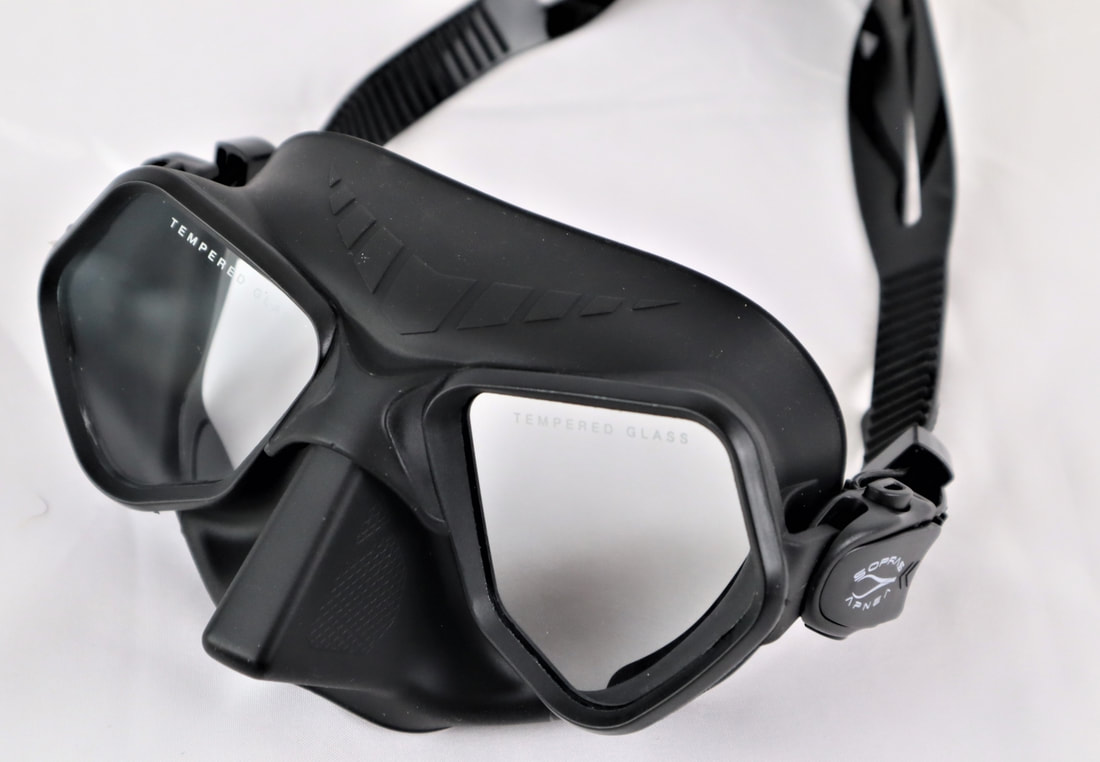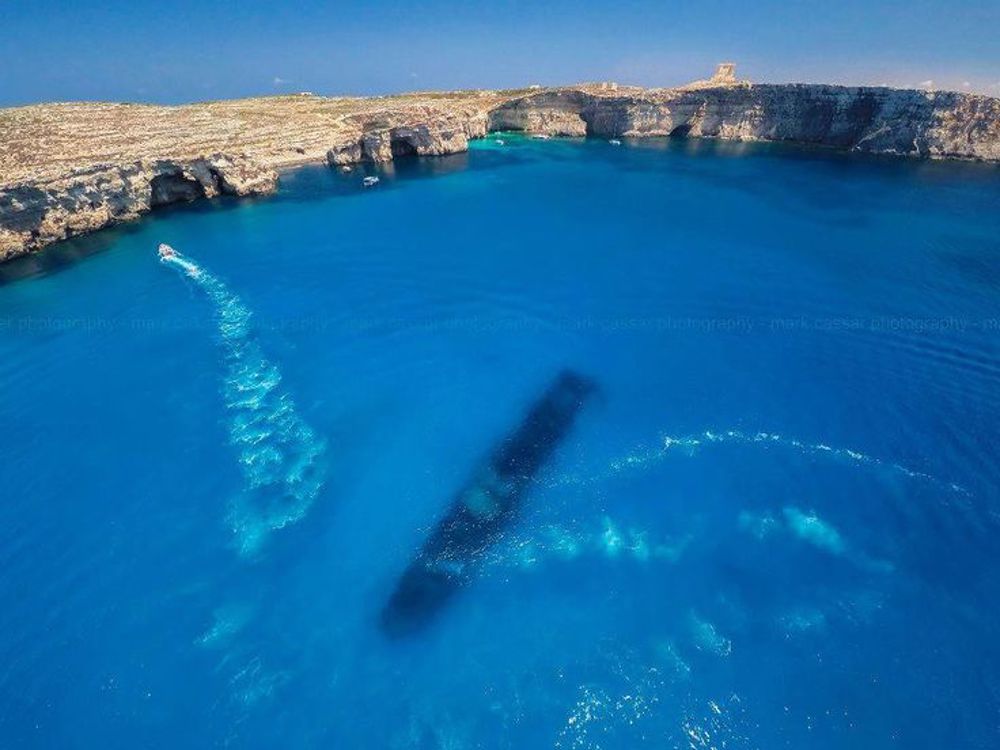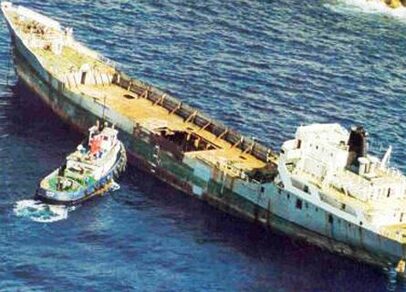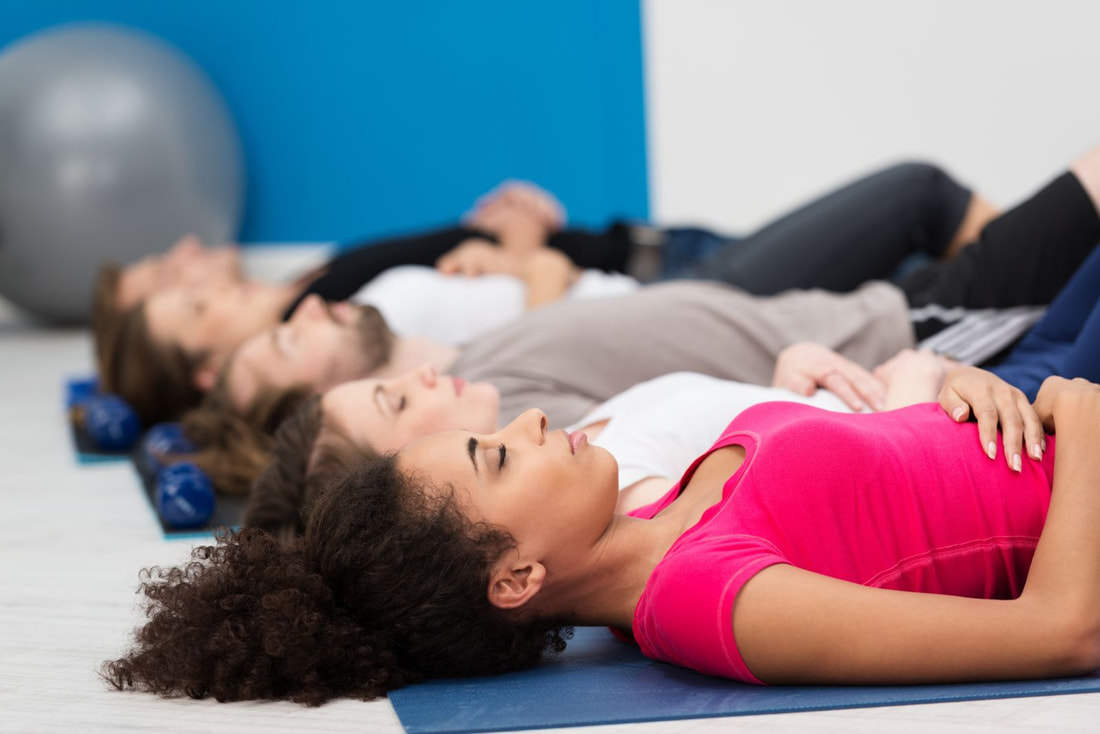Since I became a freediving instructor back in 2012 the sport has grown immensely, and though still somewhat niche and alternative, the general popularity of freediving is now much greater, with so many more people participating regularly on a recreational basis. I feel fortunate to have been in a position early on to help build the sport of freediving as Malta's first full time freediving instructor as well as opening and operating the first dedicated freediving centre in the country.
But now is time for a change.... :)
With freediving centres getting busier and therefore less personal attention, I feel there is too often a deficit of personalised, professional, high quality service, and I feel this is the perfect opportunity to return to the values and the vision from when I started One Breath Freediving back in 2012. You will see I have compiled a written Philosophy & Core Values based on what I firmly believe is the optimal way people should be taught and trained in freediving (Philosophy, below).
I also wanted to ensure that all prices remain extremely competitive and amazing value financially, and that customers, on all courses, receive the personalised attention that I have always strived to give, such as in depth communication pre-booking and pre-course, in depth preparation for the course, assistance with logistics and travel and of course flexibility to adjust or move plans if required (as just a few examples).
A summary of some of the benefits you can now experience at One Breath Freediving:
✅ Taught by AIDA Instructor Trainer David Watson (12 years experience)
✅ Guaranteed Ratio: Instructor to 1 OR 2 Students (your choice)
✅ Courses over a longer duration than at other freediving schools
✅ Includes: Equipment Hire / Certification / Study Material (courses)
✅ Free Video Analysis and feedback of diving technique
✅ Exclusive members area access to library of freediving knowledge
I hope you support my methodology for these positive changes and I hope to see you in the water again very soon in beautiful Dahab!
David Watson
AIDA Instructor Trainer & Freediving Coach
